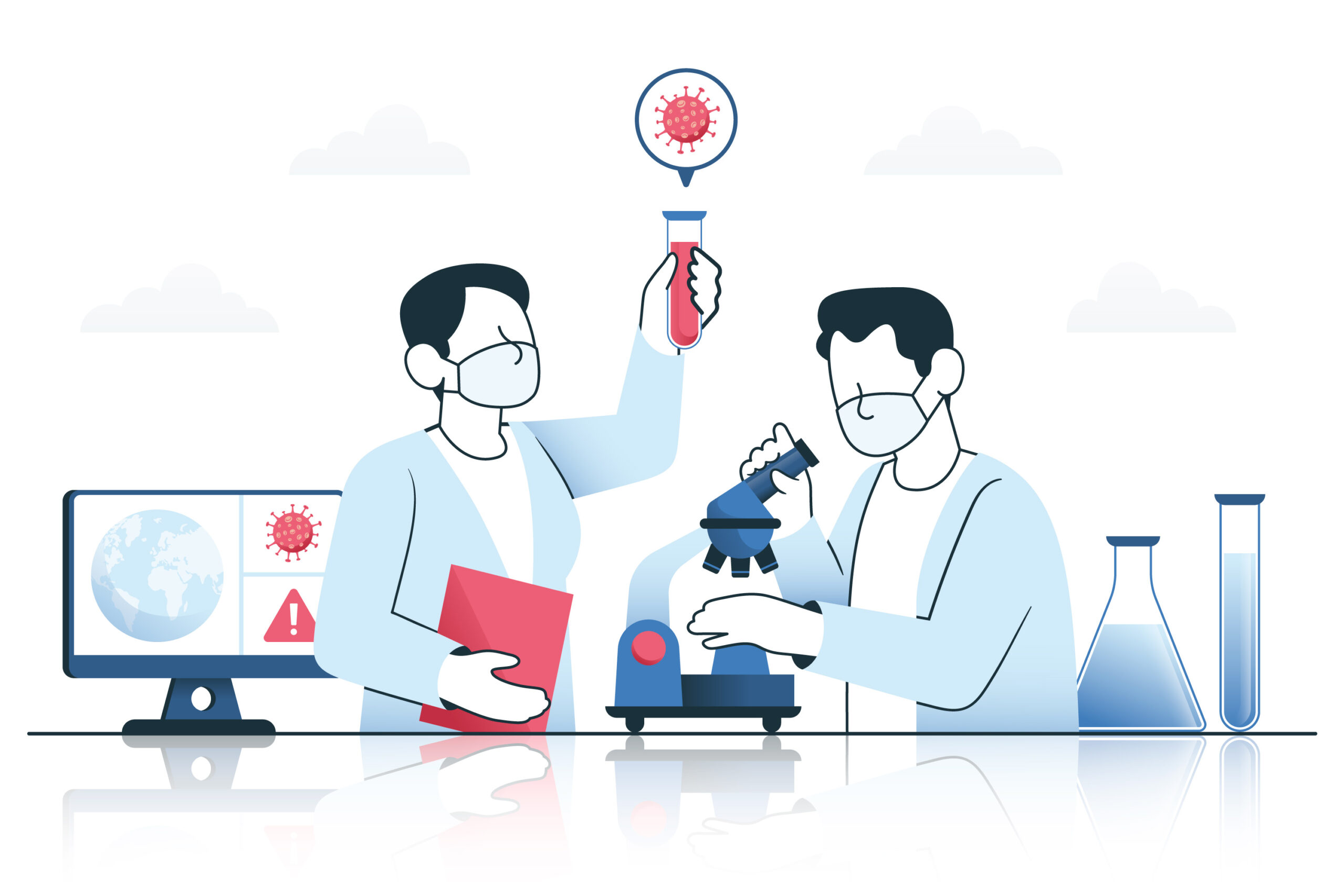As a fresher preparing for a Regulatory Affairs (RA) interview in the pharmaceutical industry, you should focus on understanding the regulatory framework, guidelines, and the drug approval process. Regulatory Affairs professionals ensure that pharmaceutical products meet legal and safety requirements before they reach the market. This role requires a good grasp of regulatory guidelines like those from the FDA, EMA, and other regional health authorities, as well as strong organizational, documentation, and communication skills.
1. Preparation for the Interview
- Understand Regulatory Guidelines: Familiarize yourself with key regulatory guidelines such as FDA, EMA, ICH (International Conference on Harmonization), and WHO standards. These are the foundations of the RA role.
- Know the Drug Approval Process: Learn the basic steps in the drug approval process, including clinical trial phases, Investigational New Drug (IND) applications, New Drug Applications (NDA), and Abbreviated New Drug Applications (ANDA).
- Learn Regulatory Submissions: Understand the types of regulatory submissions, like Clinical Trial Applications (CTA), Marketing Authorization Applications (MAA), and post-marketing requirements.
- Stay Updated on Industry Trends: Regulatory requirements evolve, so be aware of recent changes, especially in your region.
- Develop Documentation Skills: The RA role is documentation-heavy, so highlight your attention to detail, accuracy, and familiarity with document management software, if any.
2. Key Skills Required
- Regulatory Knowledge: Understanding of regulatory guidelines like FDA, EMA, and ICH, and the ability to interpret regulatory documents.
- Attention to Detail: Essential for reviewing submissions, ensuring compliance, and maintaining accuracy.
- Organizational Skills: Ability to manage multiple regulatory submissions, timelines, and documentations.
- Communication Skills: Strong written and verbal communication to collaborate effectively with regulatory agencies, cross-functional teams, and external partners.
- Problem-Solving Skills: Capability to interpret guidelines and provide solutions when facing regulatory challenges.
3. Common Interview Questions and Suggested Answers
Basic Regulatory Knowledge:
- Q1: What is the role of Regulatory Affairs in the pharmaceutical industry?
A1: Regulatory Affairs is responsible for ensuring that pharmaceutical products comply with regulations and standards set by health authorities. The RA department handles product registration, regulatory submissions, and post-market surveillance. By ensuring compliance with local and international guidelines, Regulatory Affairs helps bring safe and effective products to market. - Q2: Can you explain the difference between FDA and EMA regulatory requirements?
A2: The FDA (Food and Drug Administration) is the regulatory authority in the United States, while the EMA (European Medicines Agency) is responsible for regulating medicinal products in the European Union. Though both agencies ensure product safety and efficacy, their processes differ. For example, the FDA has specific requirements for Investigational New Drug (IND) applications, while the EMA uses Clinical Trial Applications (CTA). Additionally, the EMA centralizes the approval of medicines across the EU, while the FDA focuses on the U.S. market.
Drug Approval Process Questions:
- Q3: What are the main stages of the drug approval process?
A3: The drug approval process typically has several stages:- Preclinical Testing: Drug candidates are tested in laboratories and on animals to determine basic safety and efficacy.
- Clinical Trials: Conducted in phases (I, II, III) to assess the drug’s safety, efficacy, dosage, and side effects.
- Regulatory Submission: After successful trials, an application (NDA in the U.S. or MAA in Europe) is submitted to regulatory authorities.
- Approval: The regulatory body reviews the data and either approves or requests additional information.
- Post-Marketing Surveillance: Ongoing monitoring of the drug’s safety once it’s on the market, including Phase IV trials and adverse event reporting.
- Q4: What is the purpose of an IND (Investigational New Drug) application?
A4: An IND application is submitted to regulatory authorities (like the FDA) to obtain permission to start clinical trials in humans. The IND includes preclinical data, manufacturing information, study protocols, and investigator information. It aims to ensure the safety of study participants by providing evidence that the drug is reasonably safe for initial testing in humans.
Regulatory Guidelines and Compliance Questions:
- Q5: What are ICH guidelines, and why are they important in Regulatory Affairs?
A5: ICH (International Council for Harmonisation) guidelines provide standardized regulatory requirements to ensure drug quality, safety, and efficacy across global markets. They cover areas like Good Manufacturing Practices (GMP), Good Clinical Practices (GCP), and Good Laboratory Practices (GLP). These guidelines help streamline the drug development process, making it more efficient for companies to bring safe products to multiple international markets. - Q6: How would you ensure compliance with regulatory guidelines during a product development process?
A6: Ensuring compliance involves understanding the relevant guidelines, conducting thorough documentation, and regularly auditing practices against standards like GMP and GCP. Close collaboration with cross-functional teams, such as R&D and manufacturing, is essential to ensure adherence to regulatory requirements. Additionally, by staying updated with any changes in guidelines, I can help the team adapt processes to maintain compliance.
Scenario-Based Questions:
- Q7: Imagine you are preparing a submission to a regulatory authority, but some data is missing. What would you do?
A7: I would first verify whether the missing data is essential for the submission. If it is, I would work with the appropriate teams to obtain or generate the missing data as quickly as possible, all while keeping detailed documentation. If a submission deadline is approaching, I would communicate transparently with the regulatory agency, explaining the situation and proposing a plan for submitting the missing data. - Q8: You find a regulatory guideline that seems open to interpretation. How would you approach this?
A8: If a guideline seems open to interpretation, I would start by discussing it with my colleagues or seeking advice from experienced professionals. I would also review similar cases or consult regulatory authority guidance documents for further clarification. If necessary, I might contact the regulatory authority directly to clarify the interpretation, ensuring that the approach complies with their expectations.
Documentation and Process Questions:
- Q9: What is a Common Technical Document (CTD), and what are its main modules?
A9: The Common Technical Document (CTD) is a standardized format for regulatory submissions. It is used to organize application data for drugs in a consistent format across regions. The main modules are:- Module 1: Regional administrative information (specific to each region).
- Module 2: Summary of quality, safety, and efficacy.
- Module 3: Quality information (covering manufacturing, purity, stability, etc.).
- Module 4: Nonclinical study reports (pharmacology, toxicology data).
- Module 5: Clinical study reports (clinical trials, human pharmacokinetics).
- Q10: How would you manage and organize regulatory documentation to ensure efficient access and compliance?
A10: I would use a well-organized electronic documentation management system with clear folder structures and standardized naming conventions to organize regulatory documents. Each document should be indexed and tagged for easy retrieval. Additionally, regular audits of the documentation can ensure compliance, and I would maintain version control and ensure that documents are properly reviewed and approved by relevant authorities.
Behavioral and Soft Skills Questions:
- Q11: Describe a time when you had to handle a lot of information and ensure accuracy. How did you do it?
A11: In one of my academic projects, I had to compile and analyze large sets of data for a research paper. I ensured accuracy by double-checking my sources, organizing the data systematically, and using software to manage it effectively. I documented each step carefully, which helped me avoid errors and maintain consistency. - Q12: How do you prioritize tasks when managing multiple submissions or regulatory activities?
A12: I prioritize tasks based on deadlines, regulatory requirements, and the complexity of each submission. For example, urgent regulatory submissions would be prioritized higher, and I would break down larger tasks into smaller, manageable parts. Regularly reviewing my progress and adjusting priorities if needed helps ensure that all tasks are completed on time.
Learning and Growth Questions:
- Q13: As a fresher, how do you plan to keep up with changes in regulatory requirements?
A13: I plan to stay updated by following regulatory authority websites (like the FDA and EMA), subscribing to industry newsletters, and attending relevant webinars or training programs. I am also eager to learn from experienced colleagues in the field and participate in any internal training programs offered by the company. - Q14: Why are you interested in a career in Regulatory Affairs?
A14: I am interested in Regulatory Affairs because it allows me to play a critical role in bringing safe and effective drugs to market. The combination of scientific knowledge, problem-solving, and compliance with legal standards makes the field dynamic and challenging. I find it rewarding to contribute to patient safety and public health by ensuring that products meet the highest quality standards.















